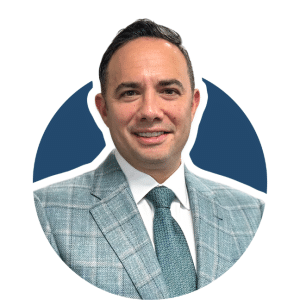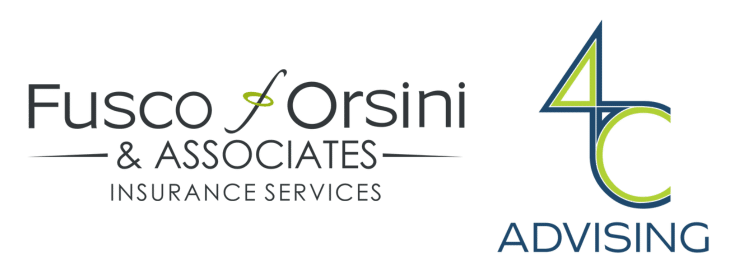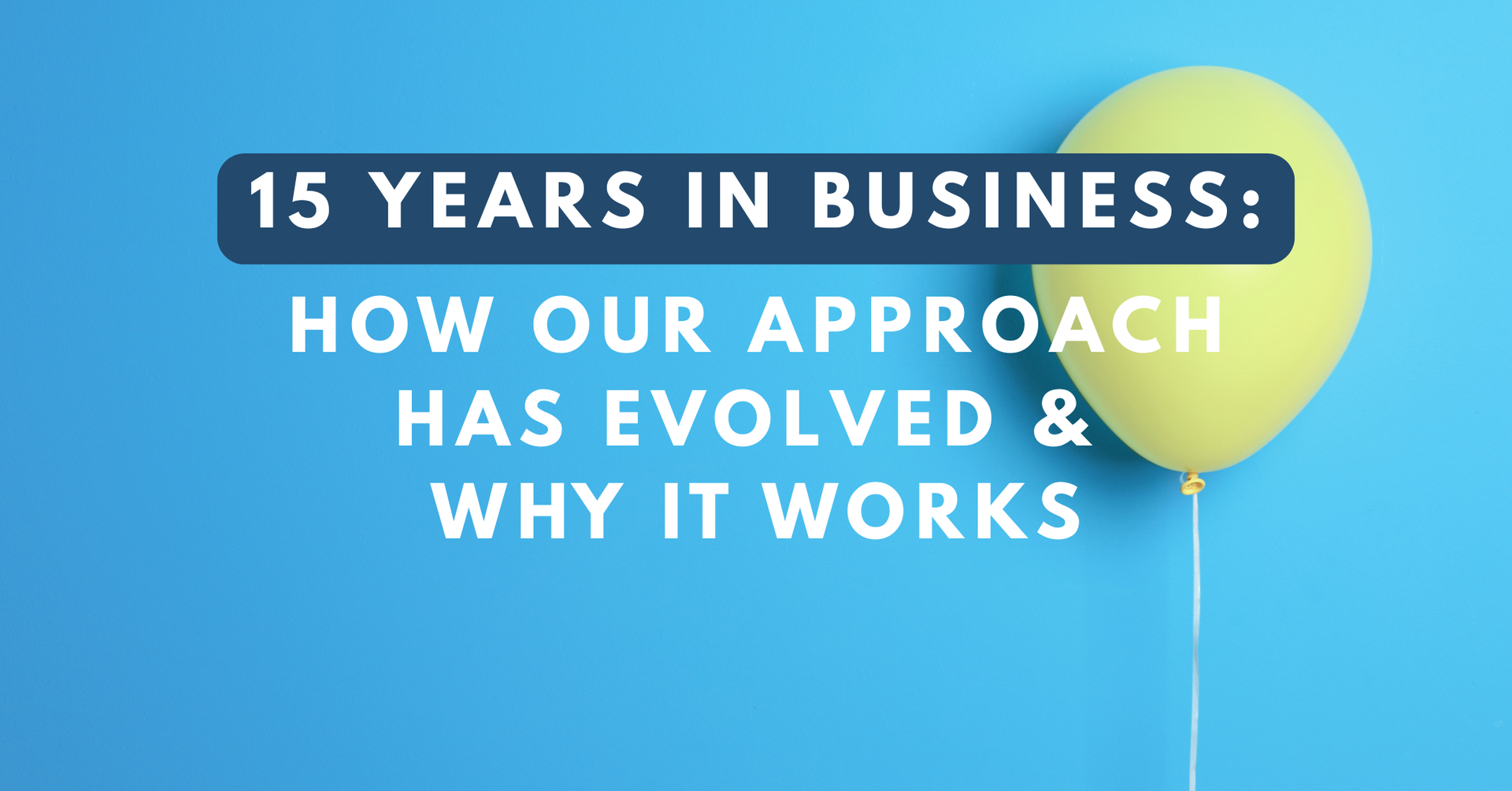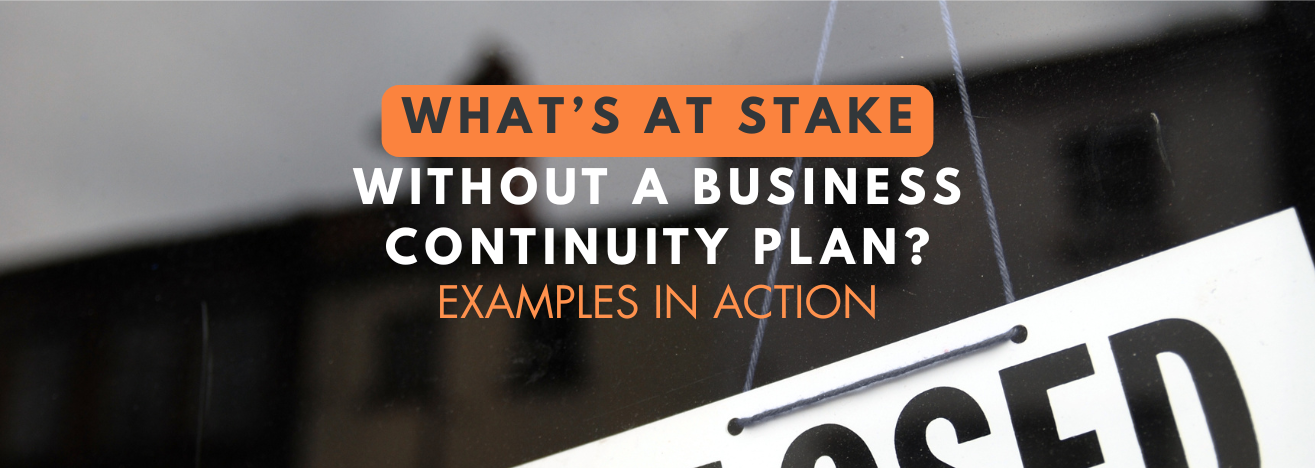What is a group captive insurance program, and should I consider it for my business?
See How We're Different
or call us: (858) 384‑1506
What are the benefits of captive insurance programs?
A group captive insurance program is when multiple companies come together to form their own insurance company instead of relying on a third-party provider. In other words, numerous members pool their resources to become owners, decision-makers, and funders of their own insurance.
Sometimes, companies from the same industry, like construction companies, will come together to form a homogenous captive program. This program enables the group to customize its coverage to suit its similar, shared risks. Alternatively, a heterogeneous captive program unites various industries for diversified risk coverage.
At Fusco, Orsini & Associates, we keep abreast of various group captive insurance programs that have already been formed. If we think our client or prospective client is an excellent fit for a group captive program (as opposed to traditional insurance), we make the recommendation! Underwriting also plays a part in determining eligibility.
What are the benefits of a group captive insurance program?
Here are some great benefits companies may experience:
- Gain greater control over risk management, including cost stabilization and decision-making
- Reduce long-term costs
- Financial benefit from underwriting profits and investment income
- Customized coverage options
- Potential tax advantages
What types of coverage can I get in a group captive program?
One benefit of group captive programs is that the coverage can be customized, potentially saving you money by not paying for what you don’t need. Coverage can include workers’ compensation, general liability, auto liability, and physical damage.
What is the structure of a group captive program?
- Predictable Losses: Members absorb predictable losses like a slip-and-fall claim or minor auto accident. This means you could be paying $250,000/year for insurance, plus you will pay out-of-pocket for predictable losses.
- Larger Losses: The group should share larger losses, such as serious workplace injuries, to reduce cost volatility for any member.
- Catastrophic losses: These should be completely transferred to an insurance company. For example, a multi-million-dollar lawsuit from a product liability claim. For the group, this means you are protected from financially-crippling losses that could threaten the solvency of member companies.
How do you earn money from a group captive program?
Since all members pay into the program, reserves earn investment income for the members (not an insurance company). We’ve seen upwards of 15% premiums returned to participating members in specific programs, leading to strong renewals and reduced rates over time.
What kinds of companies should consider a group captive insurance program?
Businesses with predictable risk. These companies should understand their risks and be willing to manage them well.
For example, an excellent candidate would be a construction company that:
- Knows their internal and external risks
- Knows how much risk they are willing to take on and how much they can handle
- Communicates its risk, risk management, and safety practices team-wide
- Regularly reassess the above
Companies that are usually a good fit:
- Agriculture
- Auto Dealers
- Contractors
- Entertainment & Gaming
- Food Products & Services
- Healthcare
- Hospitality
- Landscaping
- Manufacturing
- Moving & Storage
- Retail
- Security Firms
- Transportation
- Waste Disposal
- Warehouse & Distribution
- If your industry is not on this list, reach out to learn if you may be eligible.
What kinds of companies are less likely to benefit from a group captive insurance program?
It depends, but businesses with fluctuating or unpredictable risks are generally not a good fit. Examples include roofing & framing, occupational disease risks, PEOs, hazmat transportation, high-ratio group transport (like bus, limo), high-ratio long-haul or heavy transport, healthcare, residential construction, and security firms.
Are all businesses eligible for a group captive insurance program?
No. Captives are not for everyone OR available to everyone.
Alternative programs may be offered to companies like roofing & framing contractors. Contact us to learn more.
I don’t think I’m eligible for a group captive program. Is traditional insurance still the way to go?
First and foremost, whether you choose a group captive or a traditional program, being insured is what counts! It is crucial to insure your business early and appropriately. Traditional insurance plans can often be less expensive upfront and will not require the same operational demands as running your own program. Further, traditional insurance is a better choice for high-risk industries that want to transfer all of their risk to their insurance provider.
When can I switch from traditional insurance to a group captive program?
It depends, but some clients choose to do this around the time of their insurance renewal dates.
What is the best way to know if a group captive insurance program is right for me?
To learn more, it is best to connect with our team. An underwriter will also help determine eligibility. We look forward to helping you decide whether a traditional insurance plan or group captive plan is best for your business!
LET’S CONNECT!







